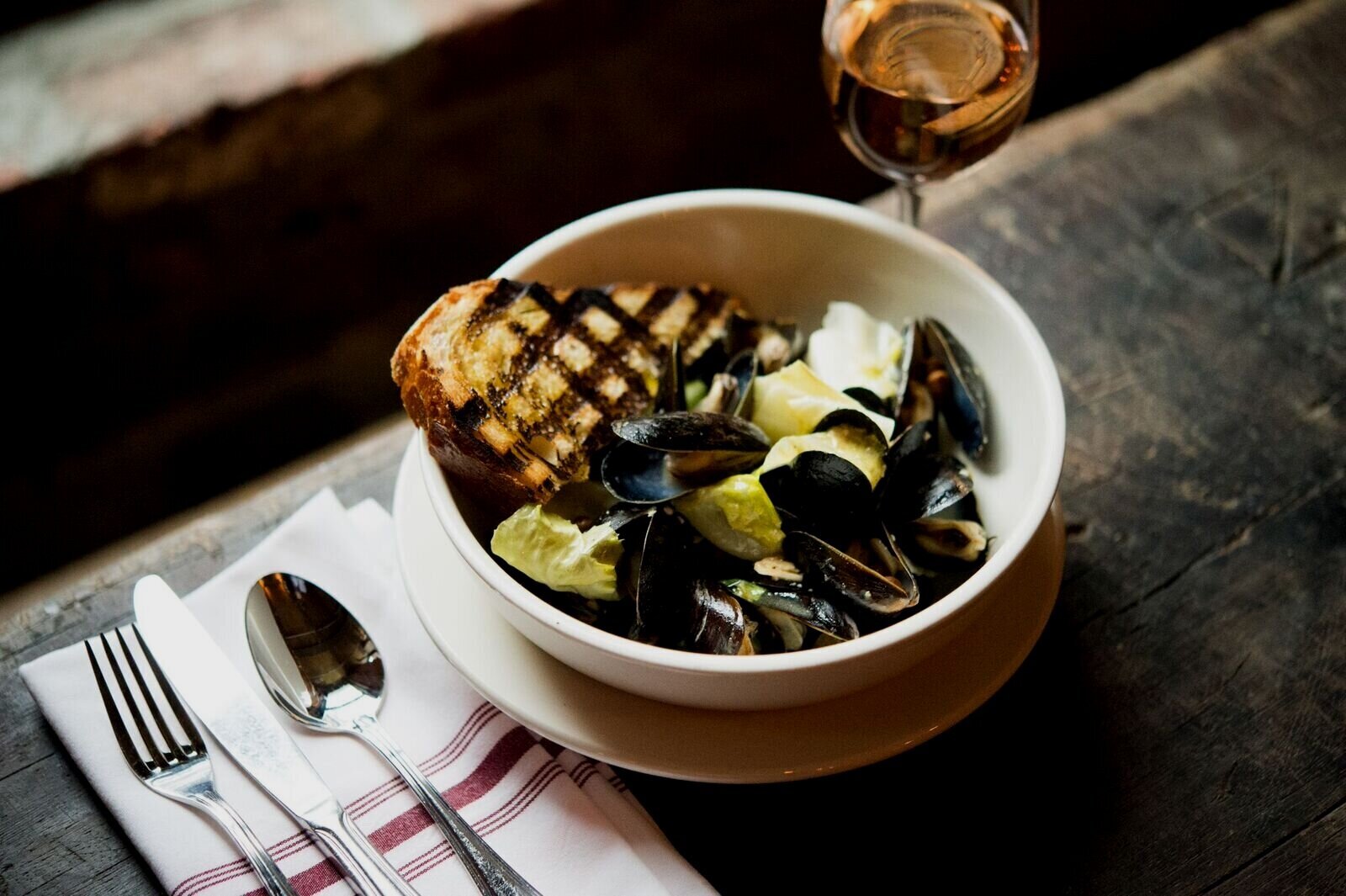Terroir and Winemaking Techniques Influence
Climate: A region’s climate influences ripeness, acidity, and balance. For example, cooler climates like Burgundy tend to produce lighter, higher-acid wines, while warmer regions like Napa Valley produce richer, fruit-forward wines.
Soil: The soil type affects water drainage, vine stress, and ultimately the concentration and minerality of the wine. Limestone, for example, imparts a signature minerality in regions like Chablis.
Wine Regions, Terroir, Winemaking Techniques, and Designations (AOC)
Wine regions across the world are defined not only by the grapes they grow but also by their unique terroir—the combination of climate, soil, topography, and local winemaking traditions. Understanding how these elements influence the characteristics of a wine helps you appreciate the complexity behind each bottle. Here’s a breakdown of key wine regions, their terroir, winemaking techniques, and designations, especially focusing on France’s AOC system.
Winemaking Traditions: Techniques such as barrel aging, fermentation vessels (stainless steel vs. oak), and blending practices help shape the final wine. For example, Bordeaux’s use of blending creates complexity and balance, while Burgundy often focuses on single-varietal expressions to highlight terroir.
Understanding how these factors come together helps you appreciate the craft of winemaking and the distinctiveness of wines from different regions. Each bottle is a reflection of its place of origin!



